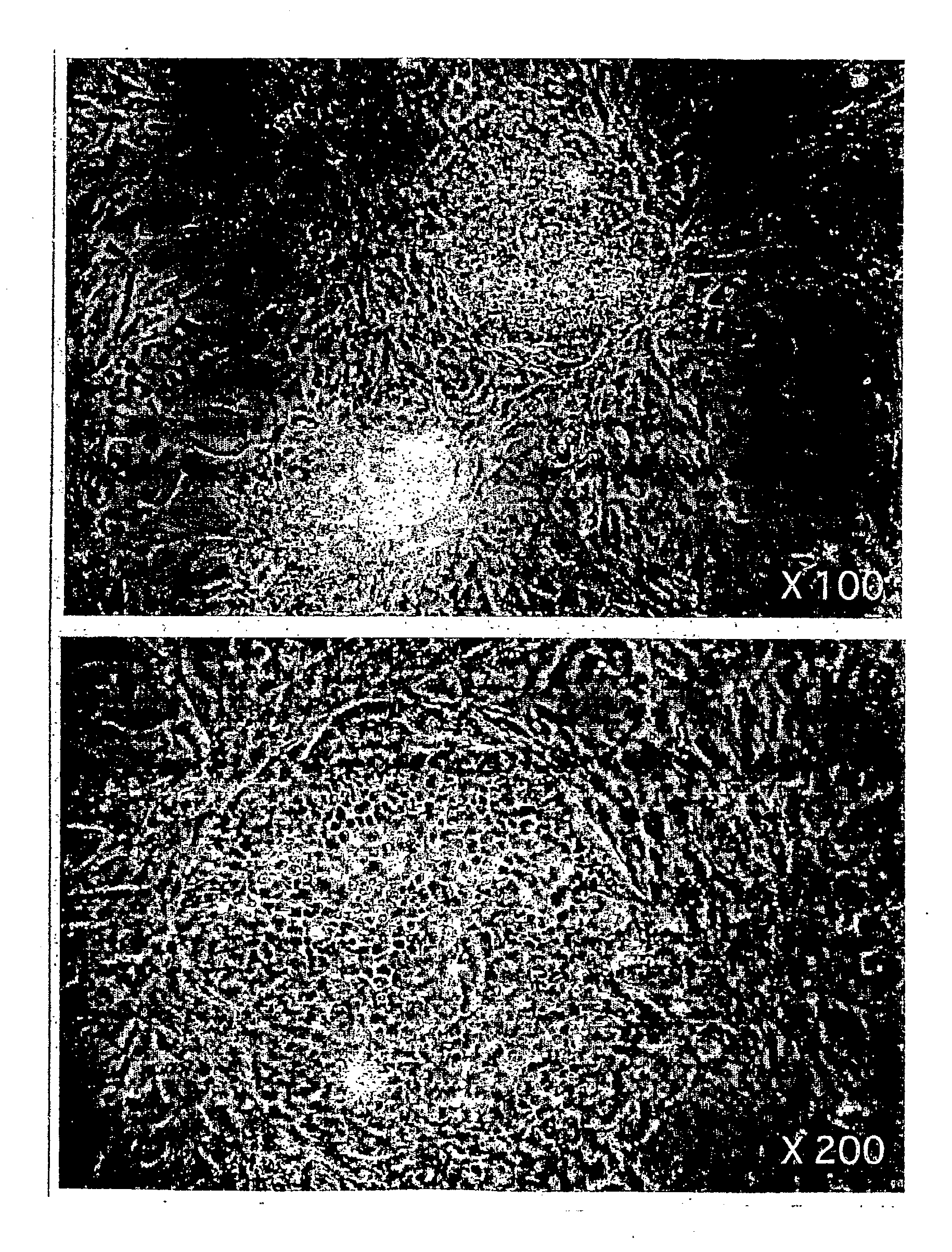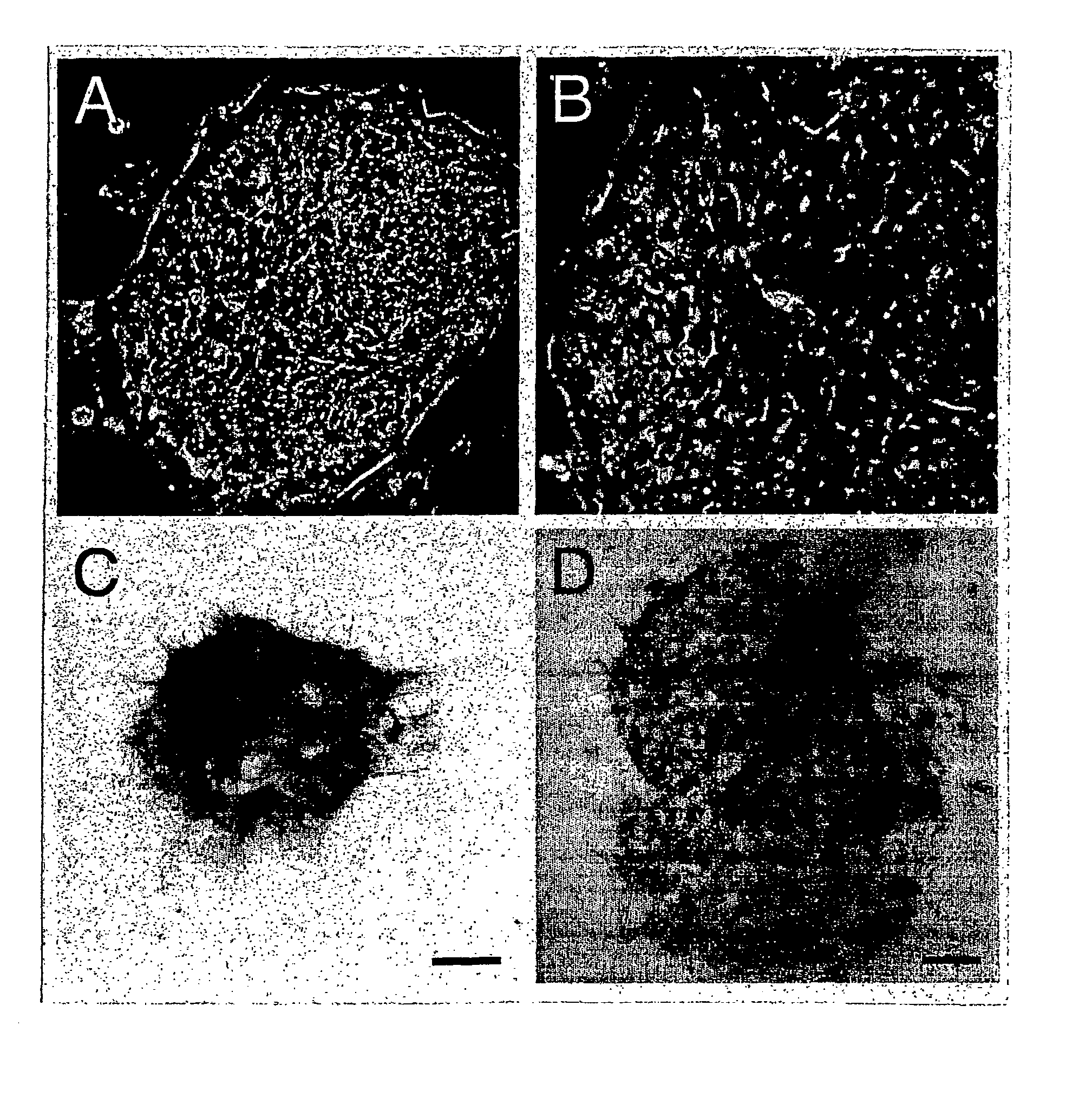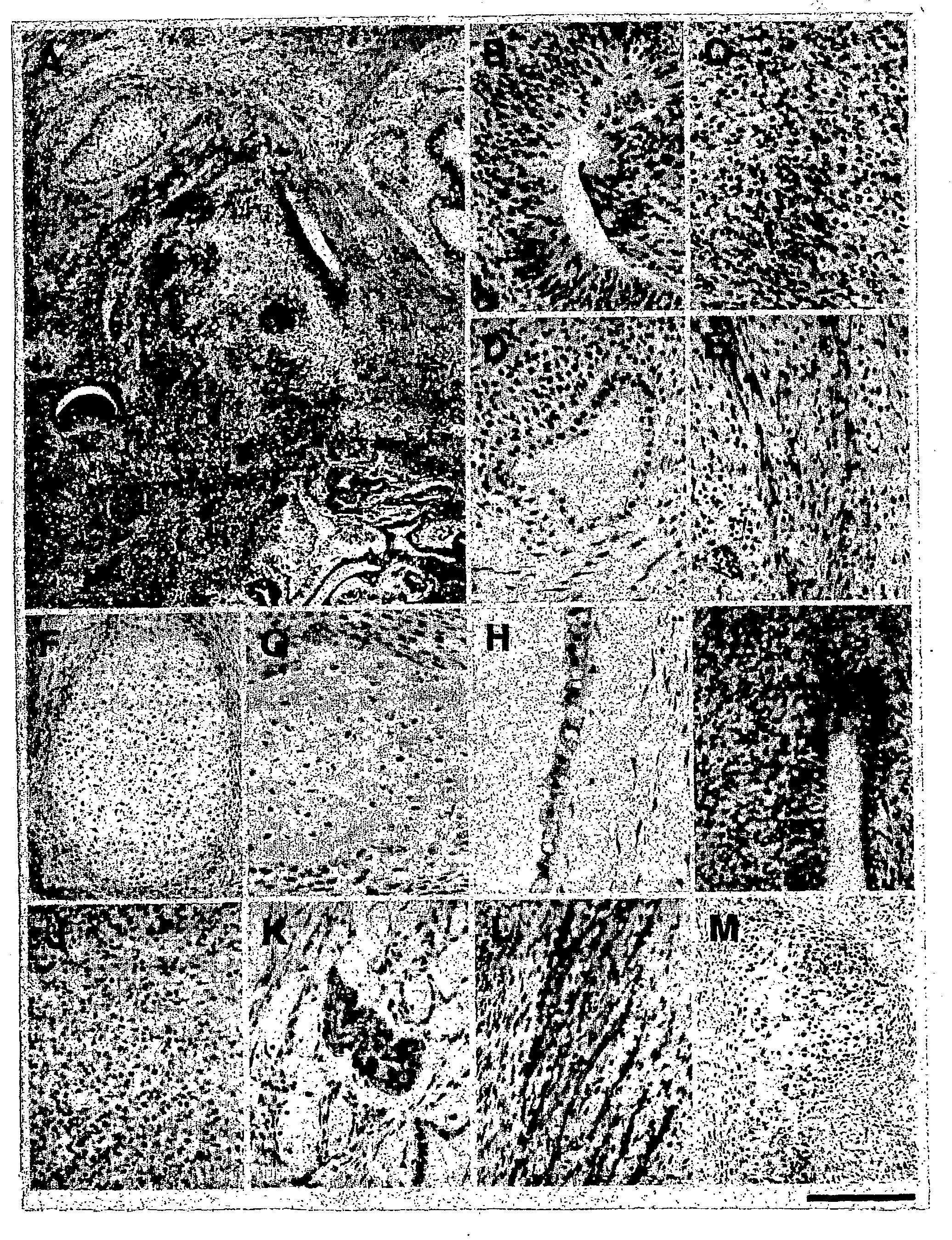Monkey-origin embryonic stem cells
a technology of embryonic stem cells and monkeys, which is applied in the field of monkey-origin embryonic stem cells, can solve the problems of difficult manipulation of various experiments, limited types of monkeys used for routine experiments, and inability to obtain expected effects, etc., and achieves shortening the time required, reducing the influence of the ovum, and high developmental ratio
- Summary
- Abstract
- Description
- Claims
- Application Information
AI Technical Summary
Benefits of technology
Problems solved by technology
Method used
Image
Examples
example 1
[0141] Method for Preparing Blastocyst from Cynomolgus Monkey
[0142] In a monkey, unlike in other laboratory animals such as a mouse, a rat and a rabbit, a method for collecting a fertilized ovum by perfusion of an oviduct or uterus remains yet to be established in the current situation. It has been also known that the efficiency of a method for collecting a fertilized ovum from the uterus in the ovulation cycle is very low.
[0143] Therefore, at this time, in order to produce a blastocyst suitable for the establishment of an embryonic stem cell, there was investigated a method comprising carrying out fertilization by in vitro fertilization and intracytoplasmic sperm injection, and developing to a blastocyst by in vitro culture.
[0144] (1) Ovary Stimulation Method
[0145] To a female cynomolgus monkey (4-15 year-old), 1.8 mg of gonadotropin-releasing hormone (GnRH) [trade name: Leuplin, manufactured by Takeda Chemical Industries, Ltd.; or trade name: Sprecur, manufactured by Hoechst Mario...
example 2
[0200] Method for Establishing Monkey ES Cells
[0201] (1) Preparation of Feeder Cells
[0202] Primary embryonic fibroblasts (hereinafter also referred to as PEFs) obtained from a 12.5 day-old mouse embryo were cultured for primary generation to third generation in an MEM medium containing 10% fetal bovine serum (FBS) until the cells became confluent. Subsequently, the PEFs were cultured for 2 to 3 hours in an MEM medium containing mitomycin C (MMC) at a final concentration of 10 .mu.g / ml to inactivate cell division. The medium containing MMC was then removed. The cells were washed three times with PBS. The washed cells were trypsinized (0.05% trypsin and 1 mM EDTA), and removed from the culture dish. Thereafter, the number of the cells were counted.
[0203] The MMC-treated PEFs were plated to a gelatin-coated 24-well culture dish at 2.times.10.sup.4 cells per well.
[0204] After plating actually the resulting cells onto the dish and confirming an appropriate number of the resulting cells, ...
example 3
[0214] Evaluation of Monkey ES Cells
[0215] (1) Cynomolgus Monkey ES Cells
[0216] Karyotype:
[0217] Whether or not the chromosome number was normal (same as the chromosome number of the origin monkey: 2n=42) was determined. As a result, the established ES cell lines were found to retain the normal karyotype.
[0218] Pluripotency:
[0219] 1.times.10.sup.6 cynomolgus monkey ES cells were subcutaneously injected to the inguinal region of an 8-week-old SCID mouse. Five to twelve weeks after injection, tumor formation was observed. After fixation in Bouin's fluid or a para-formaldehyde solution, the tumor was sectioned, subjected to hematoxylin-eosin staining (HE staining) or immunological staining, and examined histologically. In the immunostaining, an antibody against human neuron-specific enolase (NSE), an antibody against glia fibrous acidic protein (GFAP), an antibody against S-100 protein and an antibody against desmin were used since the availability of monkey tissue-specific antibodies ...
PUM
| Property | Measurement | Unit |
|---|---|---|
| temperature | aaaaa | aaaaa |
| weight | aaaaa | aaaaa |
| weight | aaaaa | aaaaa |
Abstract
Description
Claims
Application Information
 Login to View More
Login to View More - R&D
- Intellectual Property
- Life Sciences
- Materials
- Tech Scout
- Unparalleled Data Quality
- Higher Quality Content
- 60% Fewer Hallucinations
Browse by: Latest US Patents, China's latest patents, Technical Efficacy Thesaurus, Application Domain, Technology Topic, Popular Technical Reports.
© 2025 PatSnap. All rights reserved.Legal|Privacy policy|Modern Slavery Act Transparency Statement|Sitemap|About US| Contact US: help@patsnap.com



